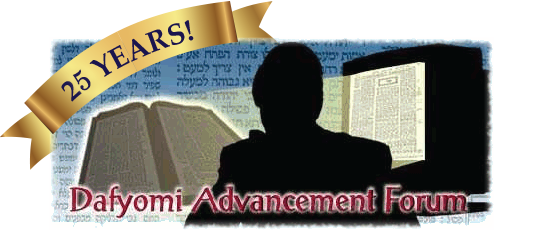INTENT TO FULFILL THE MITZVAH
Must the listener have intent to fulfill the Mitzvah of Shofar, and must the Shofar-blower have in mind to enable the listener to fulfill that Mitzvah? What is the source? What intent surely invalidates the Mitzvah? In what circumstances is explicit intent not required?
SEQUENCE
How does the Gemara derive the required sequence, Teki'ah- Teru'ah- Teki'ah? How is it derived that this sequence must be repeated three times?
What concepts do the Teki'ah and Teru'ah represent? Why is the Teru'ah always preceded and followed by a Teki'ah?
The Gemara (34a) says that to blow the sequence T-S-Tr-T, if only T-Tr-T is required, is called an "interruption" of the required sequence. Does such an interruption invalidate the Mitzvah? What extraneous sounds constitute an interruption?
THE TEKI'AH AND THE "TERU'AH"
The blast we call a "Shevarim" is described by the Gemara (33b) as "Genuchei Ganach" - an elongated, moaning sound. What then is the defining difference between the Shevarim and the Teki'ah?
What is the minimum required duration for each type of Shofar-blast, according to the Rishonim? How is this derived?
Chart for Rosh Hashanah 33
1. Yosef Da'as for Rosh Hashanah 33:p1, ד"ה שיעור
2. Yosef Da'as for Rosh Hashanah 34:p4, אות ב., til p5
Should one separate the Shevarim and the Teru'ah by a short pause?
If one is unskilled at blowing one of the Shofar sounds, may he blow the other sounds? If so, should he recite a Berachah?
NUMBER OF BLASTS
What number of Shofar-blasts is required by Torah Law? What are the views of the Rishonim as to how many blasts are sounded after the Torah-reading, and how many during Musaf?
What is the source for the common practice to sound 100 Shofar-blasts?
May an adult blow the Shofar further, after the Mitzvah is complete?

